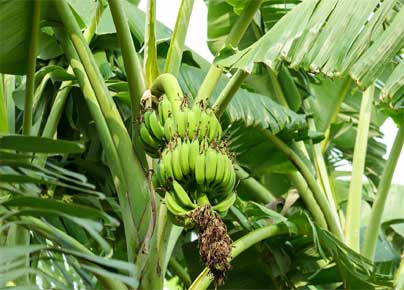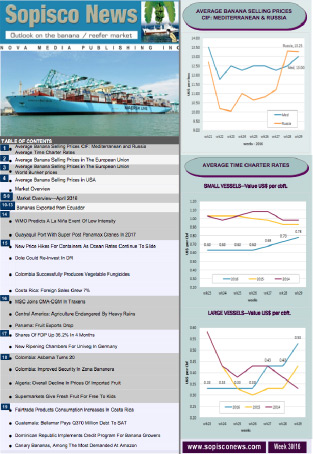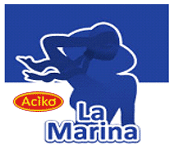Colombia: The TR4 is contained in six farms in Magdalena
2024-07-19

In the Colombian region of Magdalena, efforts are being made to protect this territory from the Fusarium TR4 disease. According to Agrosavia researcher Juan Camilo Gómez, the fungus is contained in 11 farms in this northern region of Colombia, including La Guajira. These efforts, a result of the alliance between ICA and Agrosavia, have proven successful. Juan Camilo Gómez highlights six farms in Magdalena and the rest in the neighbouring department.
Among the main advances and critical results for Magdalena and La Guajira is the evaluation of clones resistant to the disease. This research is crucial in the fight against Fusarium TR4: "It is being evaluated in a plot of 1 hectare, in a farm with a high incidence of the disease, the behavior of promising banana and plantain materials for their resistance to Foc TR4 under conditions of La Guajira," mentions Agrosavia. They are evaluating 100 Paredes plantain plants, 60 plants of the Curaré clone and 100 plants of the CIRAD materials from quarantine: hybrids 924, 931 and 938. Additionally, others were introduced from France, such as Ruby and LoThard. In addition, they are evaluating the risk of mobilization of contaminated soil: visits were made to 9 farms affected by Foc TR4 in La Guajira and Magdalena, where 206 soil and production waste samples were taken. The analyses, carried out using advanced colony PCR techniques, revealed 11 positive solid waste samples, underlining the importance of reinforcing biosecurity and containment measures to mitigate the risk of pathogen dispersion.
Within the framework of the project, an exhaustive sampling was carried out in nurseries and hardening farms in La Guajira and Magdalena. "Over 150 samples have been analyzed for five soil pathogens, including Foc TR4, Ralstonia, Nematodes, BSV and CMV. Among other actions, they monitor and evaluate water sources. ICA and AGROSAVIA have conducted exhaustive sampling of water sources in affected areas, analyzing water samples from wells, drainage channels, and irrigation districts. The results have allowed the detection of the presence of the pathogen in 2% of the samples (washing footbaths), providing valuable information to understand and mitigate the risk of Foc TR4 dispersion.









